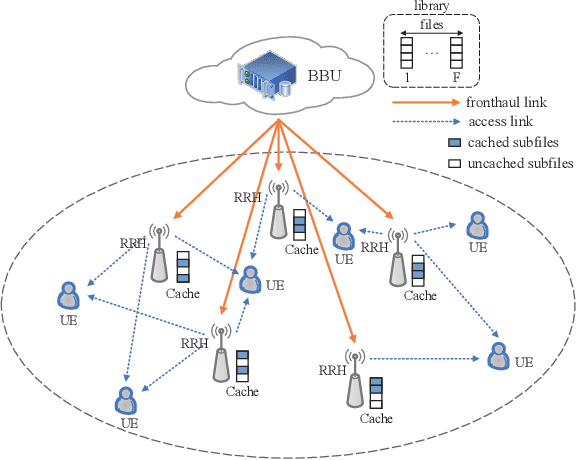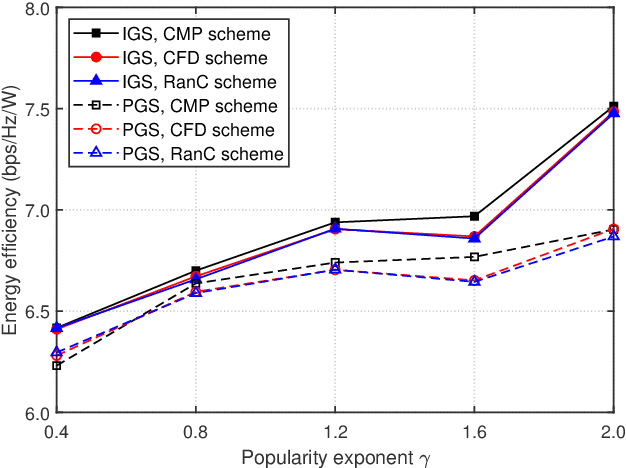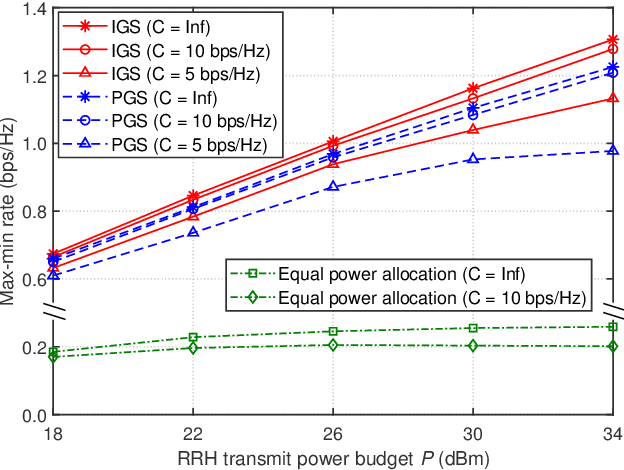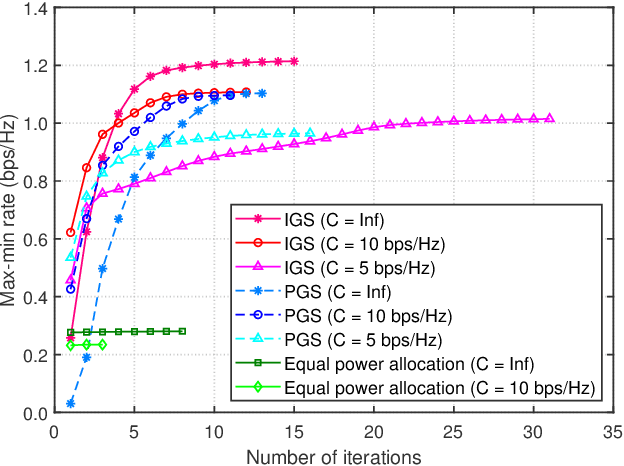Y. Fang
Euclid Quick Data Release (Q1). Active galactic nuclei identification using diffusion-based inpainting of Euclid VIS images
Mar 19, 2025Abstract:Light emission from galaxies exhibit diverse brightness profiles, influenced by factors such as galaxy type, structural features and interactions with other galaxies. Elliptical galaxies feature more uniform light distributions, while spiral and irregular galaxies have complex, varied light profiles due to their structural heterogeneity and star-forming activity. In addition, galaxies with an active galactic nucleus (AGN) feature intense, concentrated emission from gas accretion around supermassive black holes, superimposed on regular galactic light, while quasi-stellar objects (QSO) are the extreme case of the AGN emission dominating the galaxy. The challenge of identifying AGN and QSO has been discussed many times in the literature, often requiring multi-wavelength observations. This paper introduces a novel approach to identify AGN and QSO from a single image. Diffusion models have been recently developed in the machine-learning literature to generate realistic-looking images of everyday objects. Utilising the spatial resolving power of the Euclid VIS images, we created a diffusion model trained on one million sources, without using any source pre-selection or labels. The model learns to reconstruct light distributions of normal galaxies, since the population is dominated by them. We condition the prediction of the central light distribution by masking the central few pixels of each source and reconstruct the light according to the diffusion model. We further use this prediction to identify sources that deviate from this profile by examining the reconstruction error of the few central pixels regenerated in each source's core. Our approach, solely using VIS imaging, features high completeness compared to traditional methods of AGN and QSO selection, including optical, near-infrared, mid-infrared, and X-rays. [abridged]
Long-Term Rate-Fairness-Aware Beamforming Based Massive MIMO Systems
Dec 09, 2023Abstract:This is the first treatise on multi-user (MU) beamforming designed for achieving long-term rate-fairness in fulldimensional MU massive multi-input multi-output (m-MIMO) systems. Explicitly, based on the channel covariances, which can be assumed to be known beforehand, we address this problem by optimizing the following objective functions: the users' signal-toleakage-noise ratios (SLNRs) using SLNR max-min optimization, geometric mean of SLNRs (GM-SLNR) based optimization, and SLNR soft max-min optimization. We develop a convex-solver based algorithm, which invokes a convex subproblem of cubic time-complexity at each iteration for solving the SLNR maxmin problem. We then develop closed-form expression based algorithms of scalable complexity for the solution of the GMSLNR and of the SLNR soft max-min problem. The simulations provided confirm the users' improved-fairness ergodic rate distributions.
Low-Complexity Pareto-Optimal 3D Beamforming for the Full-Dimensional Multi-User Massive MIMO Downlink
Feb 18, 2023



Abstract:Full-dimensional (FD) multi-user massive multiple input multiple output (m-MIMO) systems employ large two-dimensional (2D) rectangular antenna arrays to control both the azimuth and elevation angles of signal transmission. We introduce the sum of two outer products of the azimuth and elevation beamforming vectors having moderate dimensions as a new class of FD beamforming. We show that this low-complexity class is capable of outperforming 2D beamforming relying on the single outer product of the azimuth and elevation beamforming vectors. It is also capable of performing close to its FD counterpart of massive dimensions in terms of either the users minimum rate or their geometric mean rate (GM-rate), or sum rate (SR). Furthermore, we also show that even FD beamforming may be outperformed by our outer product-based improper Gaussian signaling solution. Explicitly, our design is based on low-complexity algorithms relying on convex problems of moderate dimensions for max-min rate optimization or on closed-form expressions for GM-rate and SR maximization.
A New Class of Structured Beamforming for Content-Centric Fog Radio Access Networks
Aug 14, 2021



Abstract:A multi-user fog radio access network (F-RAN) is designed for supporting content-centric services. The requested contents are partitioned into sub-contents, which are then 'beam- formed' by the remote radio heads (RRHs) for transmission to the users. Since a large number of beamformers must be designed, this poses a computational challenge. We tackle this challenge by proposing a new class of regularized zero forcing beamforming (RZFB) for directly mitigating the inter-content interferences, while the 'intra-content interference' is mitigated by successive interference cancellation at the user end. Thus each beamformer is decided by a single real variable (for proper Gaus- sian signaling) or by a pair of complex variables (for improper Gaussian signaling). Hence the total number of decision variables is substantially reduced to facilitate tractable computation. To address the problem of energy efficiency optimization subject to multiple constraints, such as individual user-rate requirement and the fronthauling constraint of the links between the RRHs and the centralized baseband signal processing unit, as well as the total transmit power budget, we develop low-complexity path- following algorithms. Finally, we actualize their performance by simulations.
 Add to Chrome
Add to Chrome Add to Firefox
Add to Firefox Add to Edge
Add to Edge